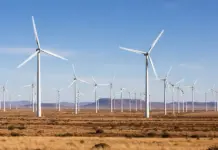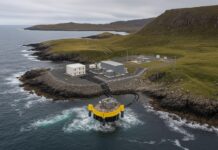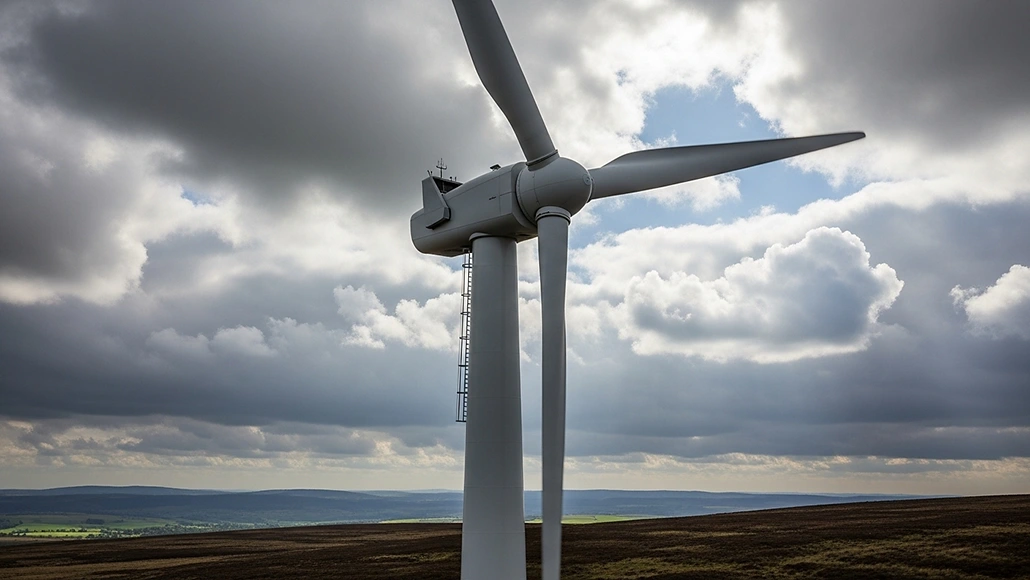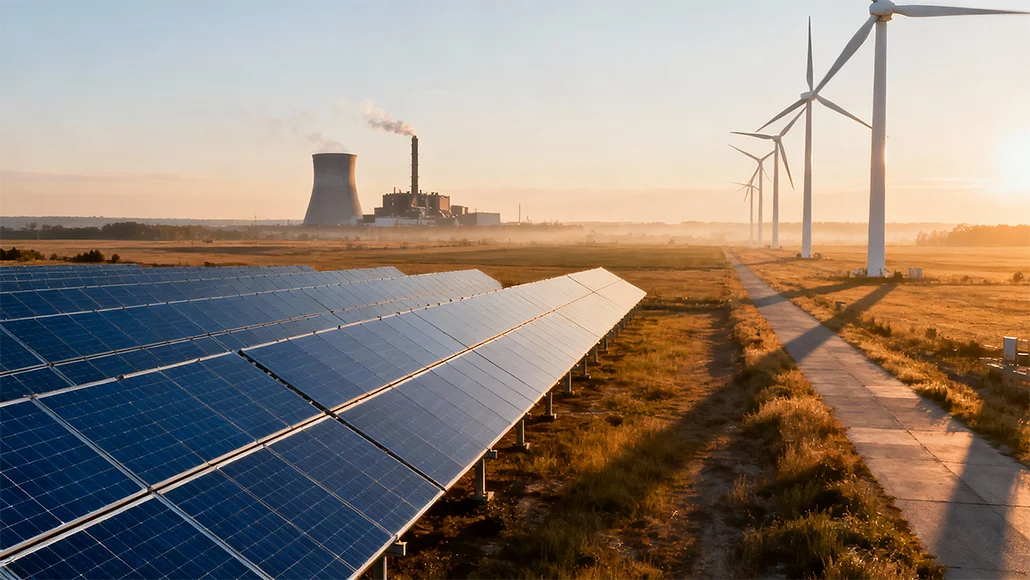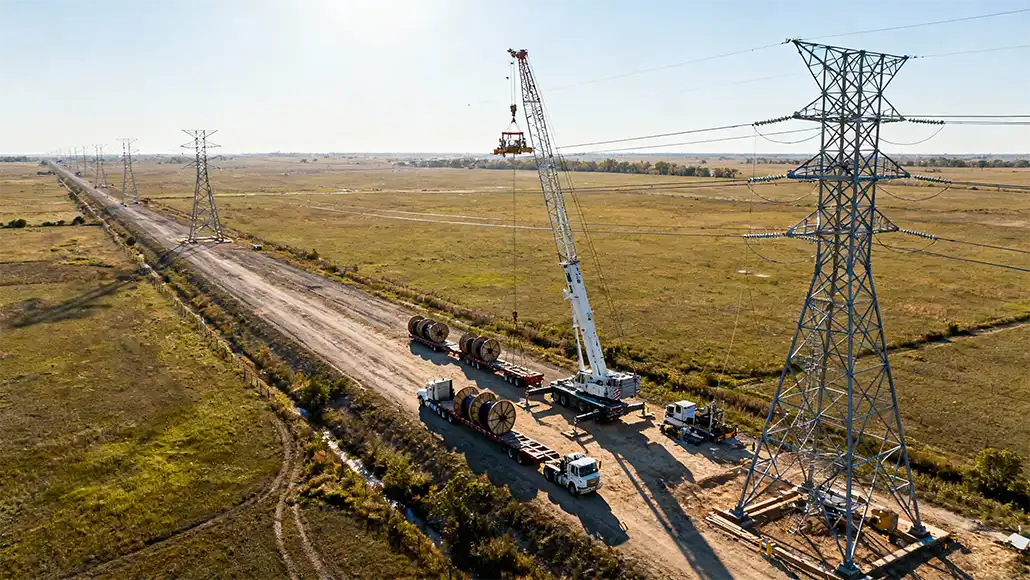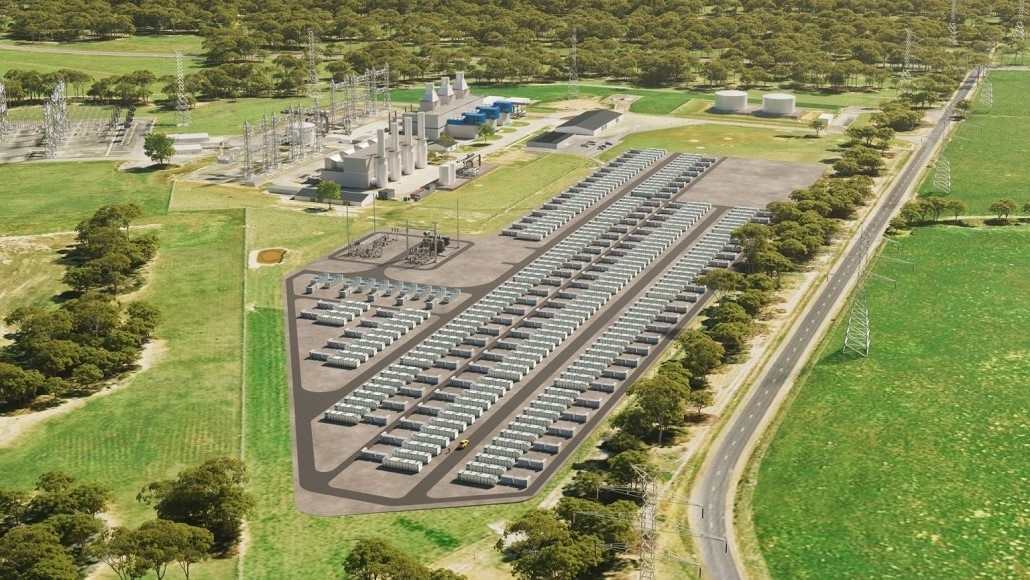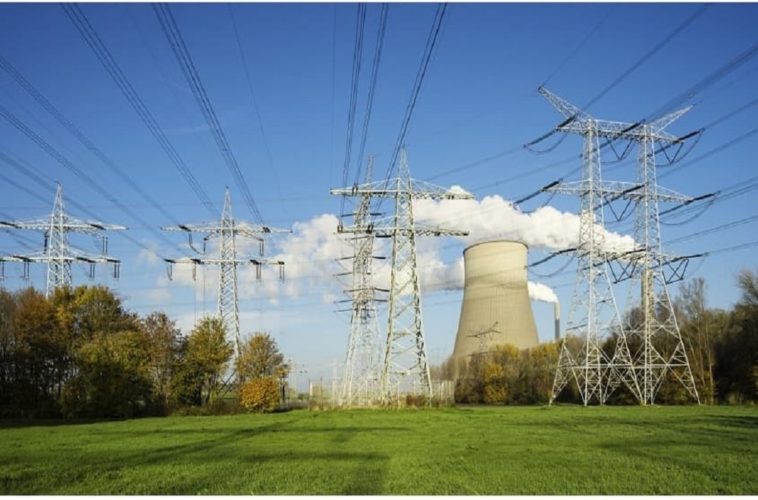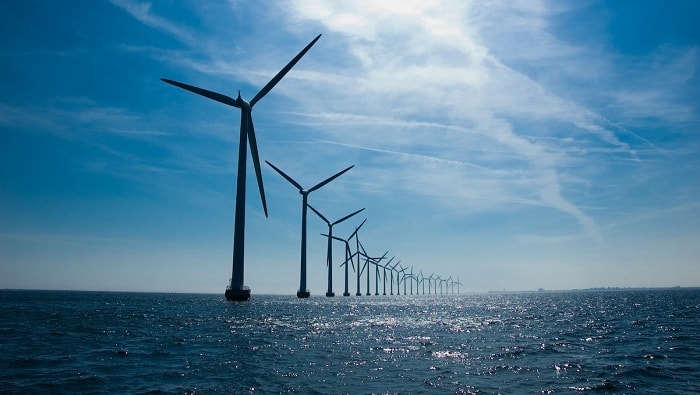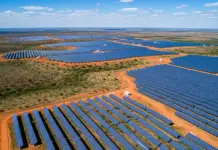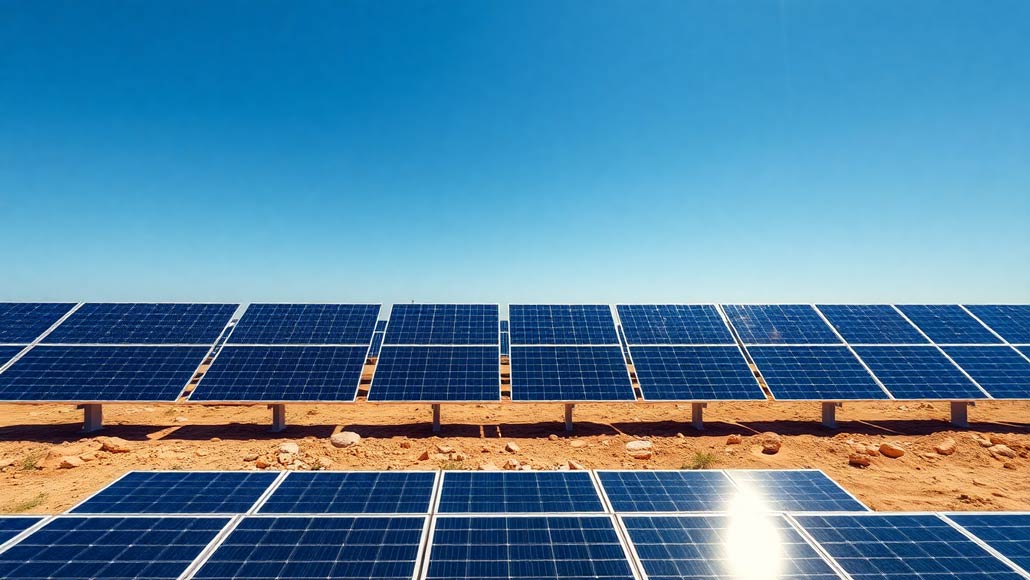In the years that have gone by, the global race when it comes to clean energy dominance has intensified to a new scale. The United States, which was once the leader in solar technology, now goes on to face an uphill task from China. This sort of transition comes as the policy changes go on to favor the traditional energy sectors much more as compared to emerging technologies. The support by the Trump administration for fossil fuels has inadvertently, in a way, gone on to strengthen the position of China when it comes to the clean energy market. As the U.S. goes on to scale back its investments within the renewable energy domain, China continues to broaden its influence, making utmost use of substantial government support in order to lead in solar and wind as well as electric vehicle tech. This raises quite significant questions related to the future of energy innovation and, at the same time, the geopolitical landscape.
The Rise of the Clean Energy Industry in China
The dominance of China within the clean energy sector did not happen by a mere chance. In the late 2000s, the Chinese government went on to identify solar energy as one of their strategic priorities. Through offering substantial subsidies and also executing certain targeted policies, China successfully went ahead and scaled up its production capacities. This kind of approach led to significant product enhancements as well as cost deductions, thereby making Chinese solar panels more competitive across the world. As of date, China not only happens to be the leader in the solar energy domain but also in other renewable sectors as well, such as wind and electric vehicles.
The clean energy strategy by China has had far-reaching impacts on its economy as well as its environment. The country has gone ahead and installed almost three times as many wind turbines as the U.S., and its solar power generation also goes beyond that of the U.S. by a massive margin. Besides, China is also home to five out of the ten largest electric vehicle companies that are known to the world, and it goes on to dominate the worldwide battery market. All these achievements have enabled China to not just decrease pollution but also create jobs and, at the same time, even strengthen its trade relationships, thereby enhancing its worldwide influence.
The Policy Shifts by the U.S. Under the Trump Administration
It is well to be noted that the energy policies by the Trump administration have gone on to mark a significant transition from previous efforts in order to promote renewable growth in the U.S. Through rolling back federal support when it comes to solar and wind power, the administration has gone on to prioritize traditional fossil fuels like coal, oil, and natural gas. This sort of approach aims to safeguard the legacy industries but at the same time has gone ahead and stalled the growth of the clean energy sector.
One of the notable decisions that has been taken is the reduction of subsidies when it comes to renewable growth projects, which were in the beginning introduced under the Inflation Reduction Act of 2022. Moreover, the administration has also gone ahead and imposed certain restrictions when it comes to cleantech projects that depend on Chinese materials. This move is intended to penalize the Chinese industries. But, on the other hand, this has made numerous U.S. projects unsustainable from a financial point of view, thereby further hindering the domestic clean energy initiatives’ progress.
Effect on Innovation as well as Global Leadership
The dip in the federal investment for clean energy in the U.S. is going to have broader implications for innovation along with global leadership. Without robust and dependable governmental support, American entrepreneurs and even, for that matter, the investors would be reluctant to invest in new energy tech. Venture capitalists have gone on to express their concerns that there are many U.S. climate-tech companies which are now looking for overseas opportunities wherein they can actually depend on supportive policies.
This kind of move could also lead to a loss in terms of potential innovations as well as new businesses, which might as well have contributed to the U.S. economy. As the subsidies take the back seat and funding is nowhere to be seen, the gap between the U.S. and China in clean energy technology is most likely to widen. The ability of China to harness clean-energy transition has also positioned it as a major competitor on the global stage, while the U.S. risks falling behind across industries that are indeed going to shape the future.
The Role of Science along with Public Policy
The approach by the Trump administration to climate science has also gone on to raise certain concerns. Efforts to revoke the endangerment finding that was prevalent in the Obama era, which serves as the legal foundation when it comes to regulating greenhouse gas emissions, have met with immense criticism from the scientific community. A report which used to challenge this finding has gone on to be described as biased as well as inaccurate by many scientists.
In response to this, more than 85 scientists have gone ahead and submitted a comprehensive rebuttal that underscores certain errors and biases that exist in the report. They argue that the stance of the administration happens to rely on outdated climate-denial arguments and hence dismisses decades of peer-reviewed research. This sort of ongoing debate highlights the significance of science-driven policy when it comes to addressing climate change as well as its impacts.
The fact is that as the world grapples due to challenges pertaining to climate change, the actions of major economies such as the U.S. & China are going to have lasting impacts. The present trajectory of U.S. policy goes on to raise many critical questions concerning the nation’s commitment when it comes to addressing climate change and also investing in future industries. How are these decisions going to shape the role of the U.S. when it comes to the global clean energy landscape, and what would be the steps taken so as to ensure a sustainable and innovative future? These are prospects that need to be looked upon.


